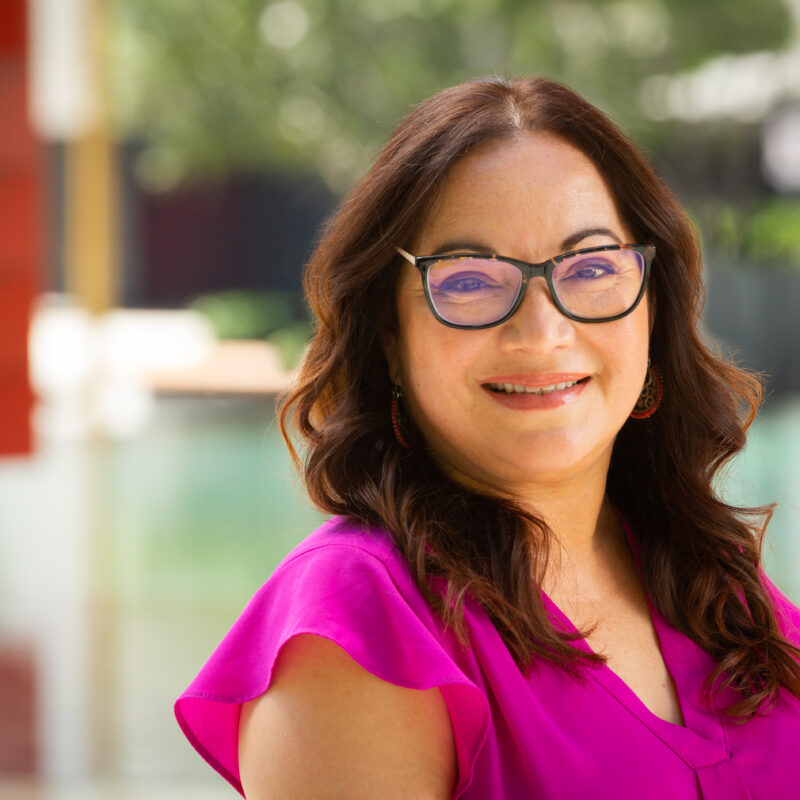Don Benjamin lives in a corner house in San Bernardino right across from the railroad tracks. Freight trains rumble by or idle there 24 hours a day, seven days a week. And just beyond the tracks, there is a constant flow of cars and tractor trailers on the freeway. He feels irritation in his nose and eyes all the time, has had to install air filters for his house and is experimenting with which plant and trees can survive in an environment full of diesel fumes and dust.
Because Don Benjamin is worried about the effects of pollution on the residents of his neighborhood, he’s spoken up many times to the railroads and local authorities about how hard it is to live a healthy life there. He doesn’t feel like he’s being heard. “People ask, ‘Why not just move?’” Don Benjamin said. “This is the only home that I have, and I just can't give up.”
This courage and unwavering grit are so characteristic of the people who make up the Inland Empire (San Bernardino and Riverside Counties). I would know – I grew up in the IE, one of the fastest-growing regions in the United States and a place where my immigrant parents thought they could build a better life for their kids. Living here has always meant that communities have had to stand up for themselves. So when I came to the IE on a recent learning trip with colleagues from Cal Wellness, we were eager to see the important work that community partners have been leading to improve the health and well-being of their communities. I was excited about the opportunity to support investments in a region that so often gets left out.

